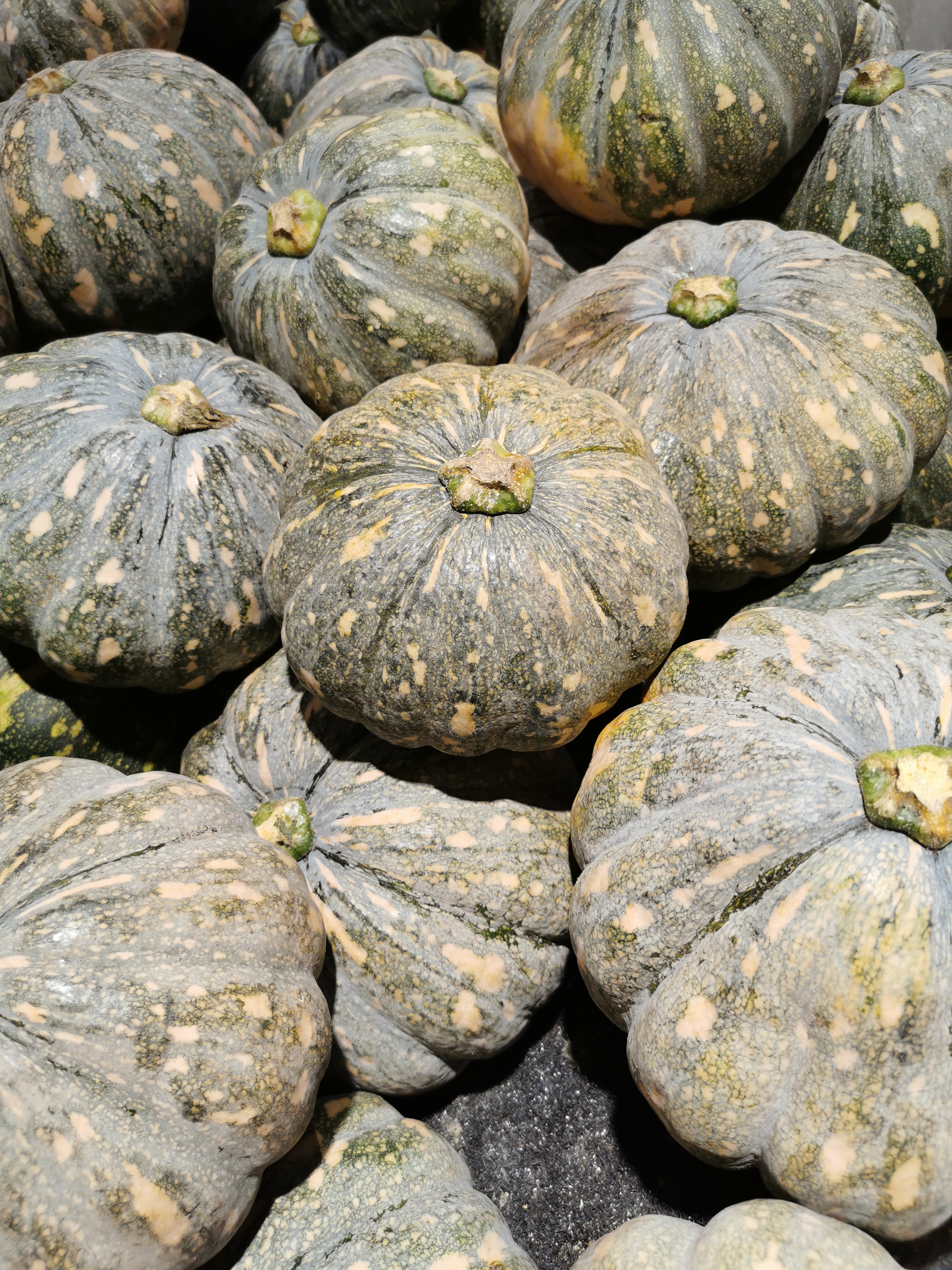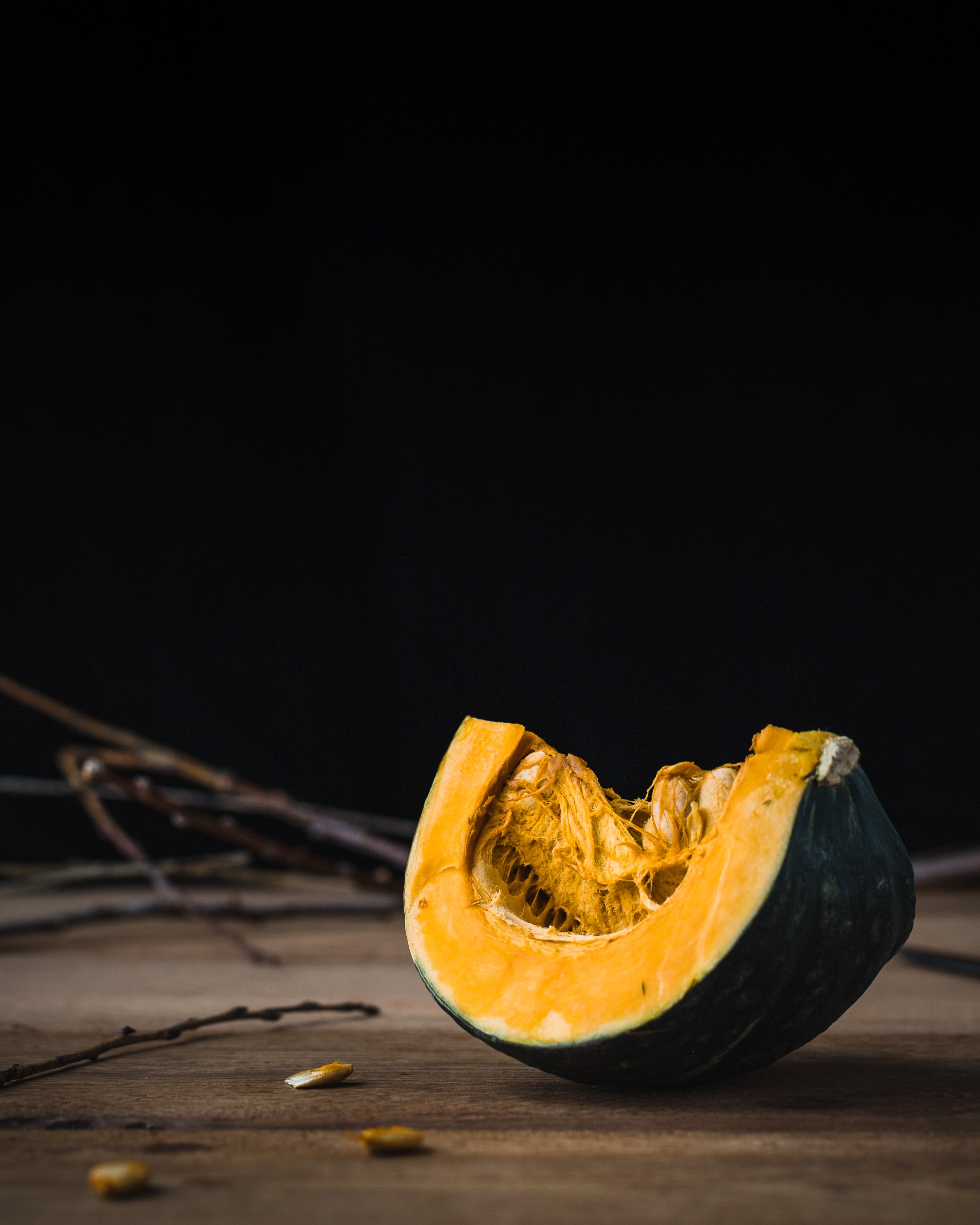

Cucurbita maxima Duchesne
|
Pumpkin is a member of the Cucurbitaceae family and commonly known as Kaddu with high nutritive value. Mature pumpkins are sweet, yellow or orange, contains carotene, pro-vitamin A. Pumpkin seeds have health benefits and contain Cucurbitacins which rid the body off intestinal parasites and are used as traditional remedy for tape worm. Mode of Consumption : Boiled or cooked, fried |
| Plant Details | Agro-climatic Zone | Vernacular Names | Pictures |
| Scientific Name: Cucurbita maxima Duchesne Family: Cucurbitaceae Juss. Class: Magnoliopsida Order: Violales Genus: Cucurbita L. Fruiting Season: March to August Parts: Fruit, Leaves |
|
Assam : Ranga Lau Bihar : Lal kaddu Goa : Dudde Gujarat : Lal Kolu Jammu & Kashmir : Tumbi Karnataka : Kandu gumbala Kerala : Vellarimathan Maharashtra : Lal Bhopala, Tambada bhopala Manipur : Mairen Mizoram : Mai Nagaland : Rumuo Odisha : Kakharu, Kumda, Mai Tamil Nadu : Cimai-p-pucani Uttar Pradesh : Lal kaddu West Bengal : Calakumro, Kusmanda |
 Fruit  Sliced Fruit  Fruit bearing plant |
| Compound/Extract | Activity | Mode of Action | Marker/References |
| Seed oil | Anti-inflammatory | Down regulates levels of IL-6 and TNF-α in adipose tissue of high fat diet (HFD) obese rats. | IL-6, TNF-α[1] |
| Major Class | Metabolites (Content of bioactives: mg/100g Fresh Weight) |
| Carotenoid | Zeaxanthin: , β- Carotene: [1] |
| Vitamin | α-Tocopherol: , γ-Tocopherol: [1] |
| Effect | Observation | DOI |
| Disease | Formulation | Reference | Author | TKDL |
| Information from Wealth of India | Reference |
|
CSIR(1950).The Wealth of India, Raw materials,Vol.-II ,P.394, New Delhi, India |
| 4.2, 04.2.1, 04.2.1.1, 04.2.1.3, 04.2.2.3, 04.2.2.5, 04.2.2.6, 04.2.2.8 |
| CSIR-North East Institute of Science and Technology, Jorhat-6, Assam, India
CSIR-Institute of Himalayan Bioresource Technology, Palampur-61,Himachal Pradesh, India |